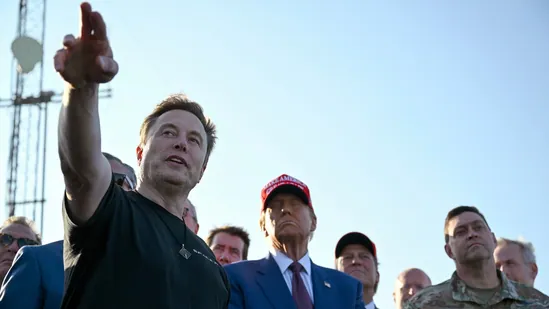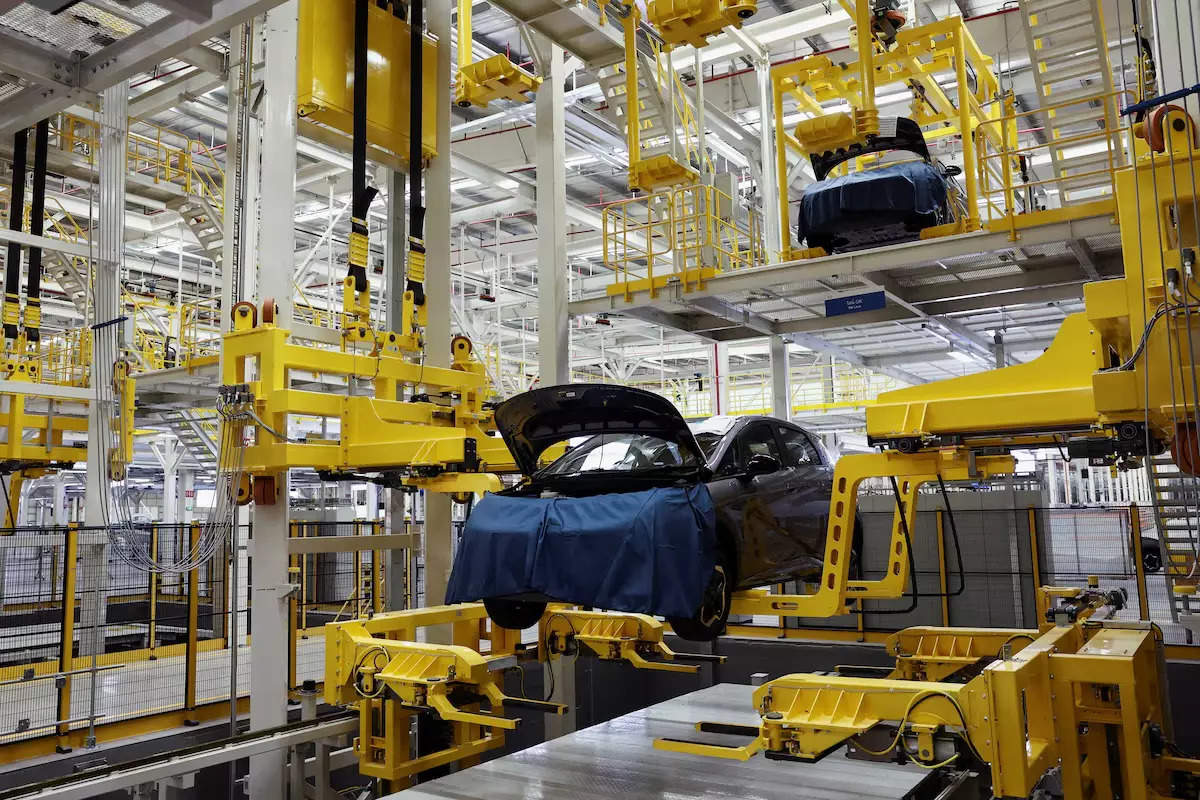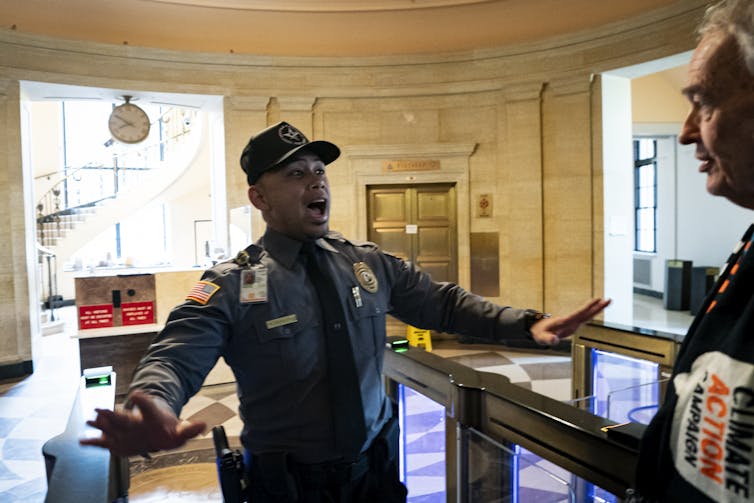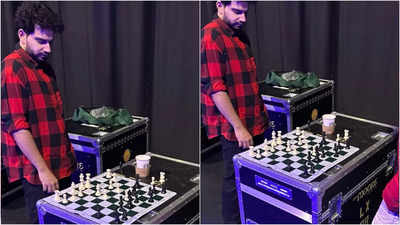NFL fans have been spoiled by great Super Bowls in recent years. Last year’s overtime battle between the Kansas City Chiefs and San Francisco 49ers ended on a walk-off touchdown. The year before, the Chiefs beat the Philadelphia Eagles on a game-winning field goal. Three years ago, the Los Angeles Rams trailed the Bengals the entire fourth quarter and retook the lead in the final two minutes.
Sunday night’s rematch of the thrilling Super Bowl 57 was just the opposite. The final score of 40-22 is misleading, since the Eagles led 24-0 at halftime and had a 99.5% chance of winning just three minutes into the second half, according to a win probability model from nflfastR. You know it’s a bad Super Bowl when the primary discussion at the party is whether or not it’s the worst Super Bowl ever.
Using play-by-play data, we can create an estimation of a game’s “excitement” by adding the changes in win probability on every play over the course of the game—a game with more back-and-forth swings will score higher. By this metric, Super Bowl 59 ranks as the second-least exciting championship game of the 21st century, behind only the Seattle Seahawks’ 43-8 drubbing of the Denver Broncos in Super Bowl 48.
The only thing Sunday night’s game can claim over that snoozefest from 11 years ago is a modestly competitive first period in which the Chiefs’ defense at least made a few plays. By contrast, Super Bowl 48 was doomed from the very first play, as a snap flew over Peyton Manning’s head and resulted in a safety.

Interestingly, the third least-exciting Super Bowl since Y2K was also a beatdown of Patrick Mahomes, when the Tampa Bay Buccaneers’ defensive line ran him in circles for 60 straight minutes en route to a 31-9 shellacking. Rounding out the bottom five are Super Bowl 37, in which the Buccaneers defense picked off Oakland Raiders quarterback Rich Gannon five times, and Super Bowl 35, when the Baltimore Ravens held the New York Giants to no offensive touchdowns.
Thankfully, Super Bowls like these have been rare this century. Since 2001, the 25 Super Bowls have featured 28 fourth quarter ties or lead changes, and all but the aforementioned five had at least some level of second half intrigue. But it hasn’t always been this way. In all, during the first 25 Super Bowls between 1967 and 1991, there were just 10 fourth quarter ties or lead changes.

The blowout nature of Super Bowl 59 is largely irrelevant for Fox, which already secured its advertising money months ago, irrespective of eventual viewership. And the NFL, two seasons into an 11-year package of media rights deals worth more than $100 billion, will simply shrug it off and hope for a better game next year.





























































